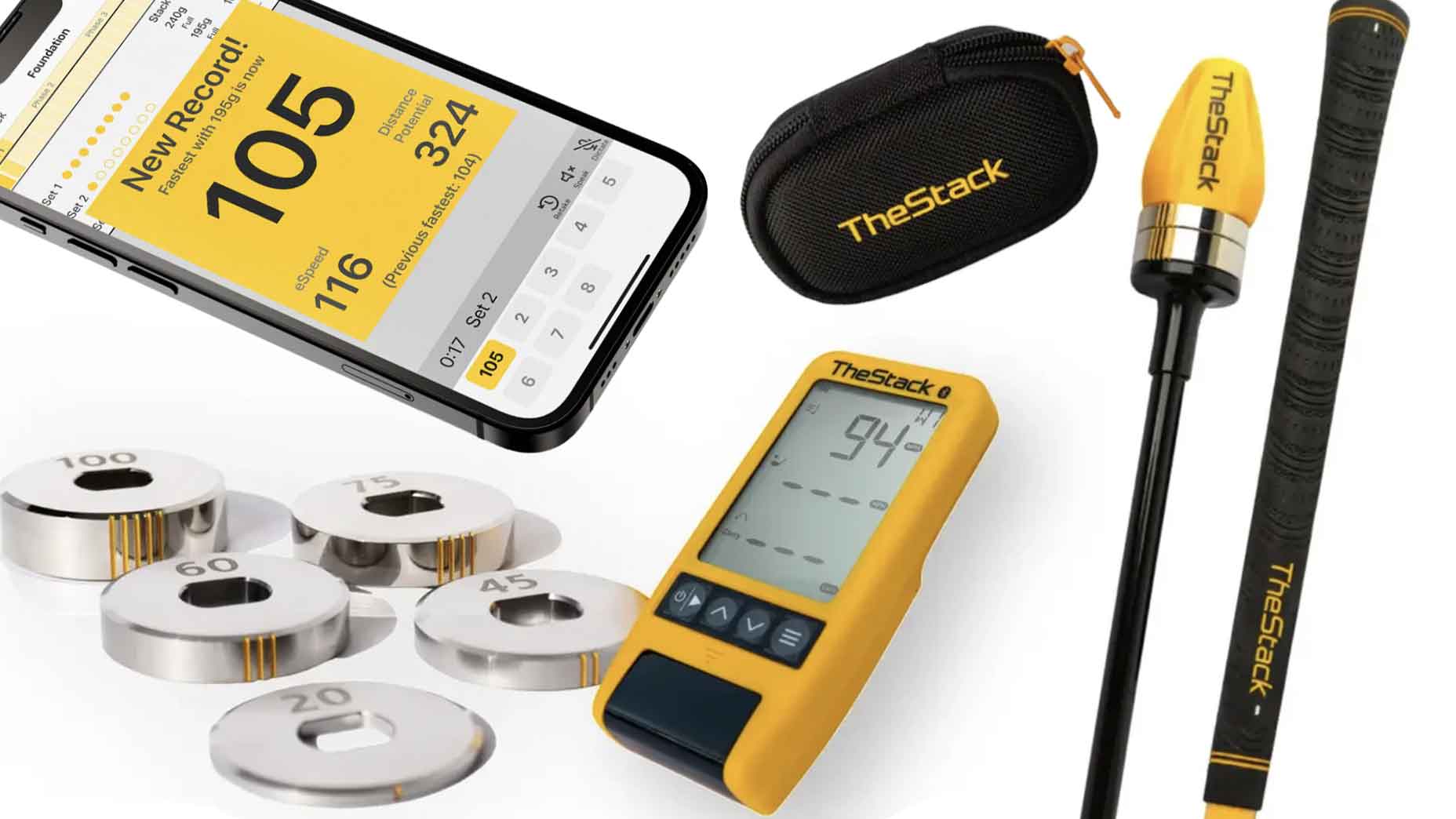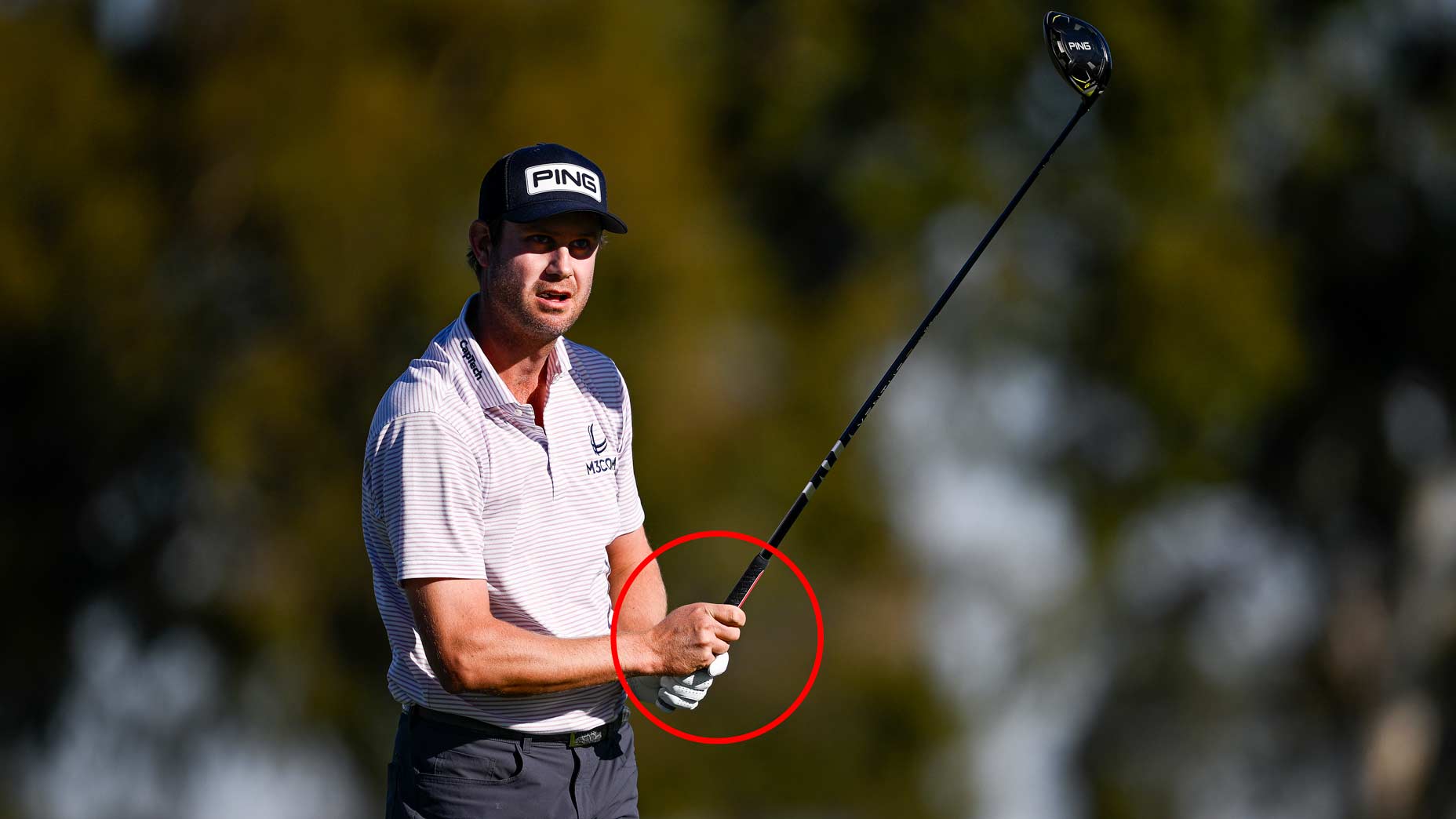 Golf Pride’s new Align Max grips accentuate this popular feature
Golf Pride’s new Align Max grips accentuate this popular feature
Fully Equipped mailbag: Should I give carbon fiber iron shafts a shot?

Welcome to another edition of the Fully Equipped mailbag, an interactive GOLF.com series in which our resident dimplehead (a.k.a., GOLF’s managing editor of equipment, Jonathan Wall) fields your hard-hitting gear questions.
What’s the difference between steel and graphite iron shafts?
The simple answer is steel shafts are likely going to be more accurate (tighter dispersion), consistent and flight the ball down more than most carbon fiber shafts. For years, non-steel products were viewed as too light and unpredictable (from a distance standpoint) for the better player — to the point that you almost never saw someone outside of older golfers and slower swing speed players embracing the technology.
Then along came new materials and processes to change the perception of what a carbon fiber shaft should look and feel like. These days, it’s not uncommon to see a Tour player bagging a non-steel product. Abraham Ancer (Mitsubishi MMT 105TX) and Bryson DeChambeau (LA Golf “Rebar” Prototype) are just a few of the names who currently use carbon fiber iron shafts on the PGA Tour.
So what’s changed? The materials have not only gotten tighter and more consistent, but it’s also now possible to stiffen the overall profile and reduce torque to mimic the properties of a steel shaft. In DeChambeau’s case, he actually found a carbon fiber product that’s a full flex stiffer than the True Temper Dynamic Gold Tour Issue X7 steel he was playing previously.
And True Temper’s X7 is considered to be one of the most robust shafts in the marketplace. Not only that, DeChambeau’s current iron shafts are more than 10 grams lighter (120 grams) than X7. Let that shaft profile marinate for just a second.
If some of the best golfers in the world are seeing consistent yardages — something that ranks at the top of the list for every elite player — and an improved ball flight with something other than steel, there’s a good chance you could reap the benefits as well.
ADVERTISEMENT
Something else to consider if you’re weighing a shaft change: If you’re currently dealing with an upper-body injury (wrist, elbow, shoulder, etc.), switching to graphite can eliminate the negative vibrations typically found in a steel shaft. Those vibrations can place an unwanted strain on your body with each swing. Not to mention steel is typically heavier than carbon fiber.
A non-steel product can also assist in launching the ball higher and increasing clubhead speed and spin — three things the average golfer struggles with on a regular basis. And if you happen to fall into the better player category, just remember there are options in the market offering steel-like properties. So there’s something for everyone.
“I was really impressed with how consistent they were,” said Ancer, who discussed his Mitsubishi OTi 110 shafts on GOLF’s Fully Equipped podcast. “They’re more consistent than other graphite iron shafts I’ve tried. With other carbon fiber shafts, I’d hit a 6-iron 190 [yards] and then swing harder and it’d go 205. I can’t really have that. You have to be precise. These shafts fly like graphite but are very consistent, like a steel shaft.”
If there’s one thing you need to keep an eye on if you do decide to make the jump to carbon fiber, it’s the difference in feedback and feel. Eliminating unwanted vibrations at impact — something that could have long term benefits — could leave you wondering where the ball is going after it leaves the clubface. But if you continue to practice with the shafts and get comfortable with them on the course, it’s very likely you’ll get accustomed to the smoother feel.
To hear more gear insights from Jonathan Wall and True Spec’s Tim Briand, subscribe and listen each week to GOLF’s Fully Equipped podcast: iTunes | SoundCloud | Spotify | Stitcher
ADVERTISEMENT






